At the beginning of the 1900s, in order to widen 3 August 1919 Blvd (Andrássy Road at the time), Timişoara City Hall bought Risticz and Sigmund’s ground floor houses and demolished them.
In their place, in 1908 began the construction of a tenement house which would help raise the city’s capital. The design belonged to László Székely, the city’s chief architect.
Finished in 1909, the building has three street fronts and two entrances, one in Romanilor Square and one on Ştefan Cel Mare street. At the first floor there was the so called Fabric Society Club (Geselligkeitsklub), which, during World War I, gave up the space for the city’s Commercial High School for Girls. Also during those times, two other properties on the second floor hosted the Commercial High School for Boys.
In 1918 the building is sold to the General Director of “Wool Industry Inc.,” and later, to Rudolf Totisz, the Consul of Belgium in Timişoara who renames the building “Ştefania,” in honour of his wife. Today, becuse of the statues depicting bears and gorillas located at the top of one of the facades, the building is also know as “The House with Monkeys”.
In the first half of the 20th century, at the ground floor of the building operated a restaurant with terrace called “Carul cu Bere” (The Cart with Beer), with its entrance in the Romans’ Square. Other ventures that functioned in the building were the Dénes & Pollak’s shop of textiles and haberdashery, the Spierer perfume shop, the Schwartz shoe shop on the first floor, and a branch of the Timişoara Bank, whose director was Sigismund Szana.
















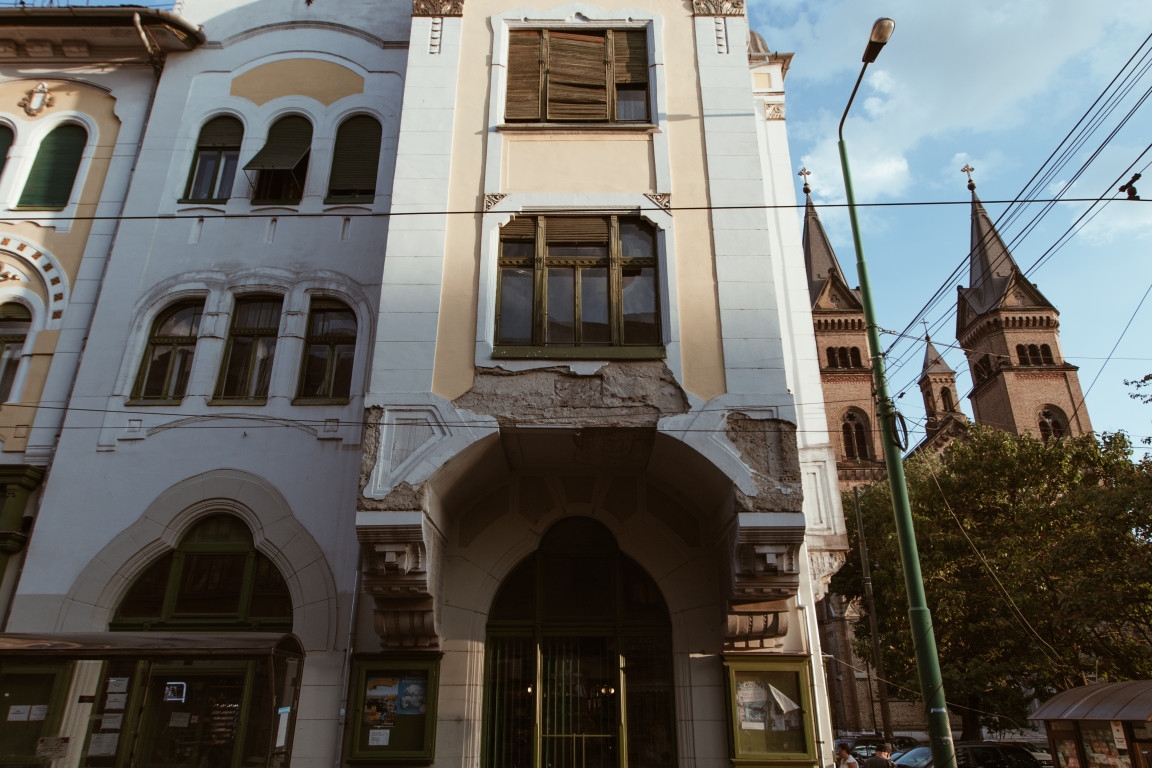







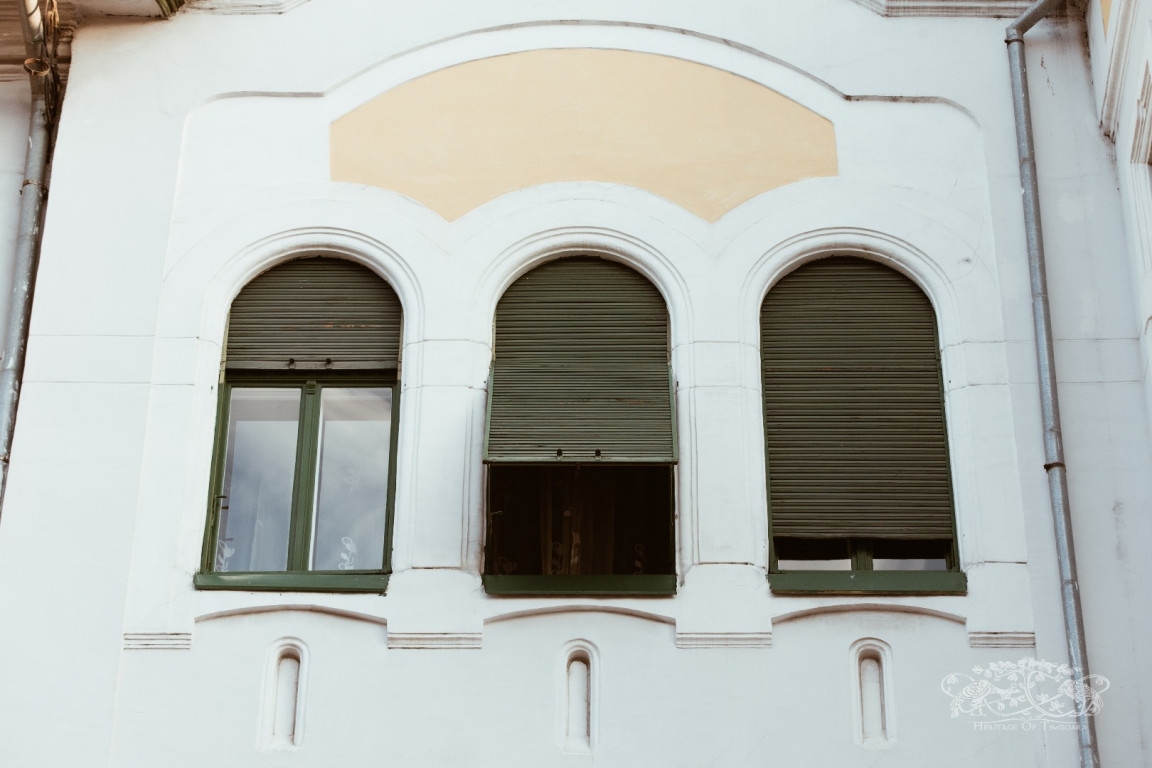








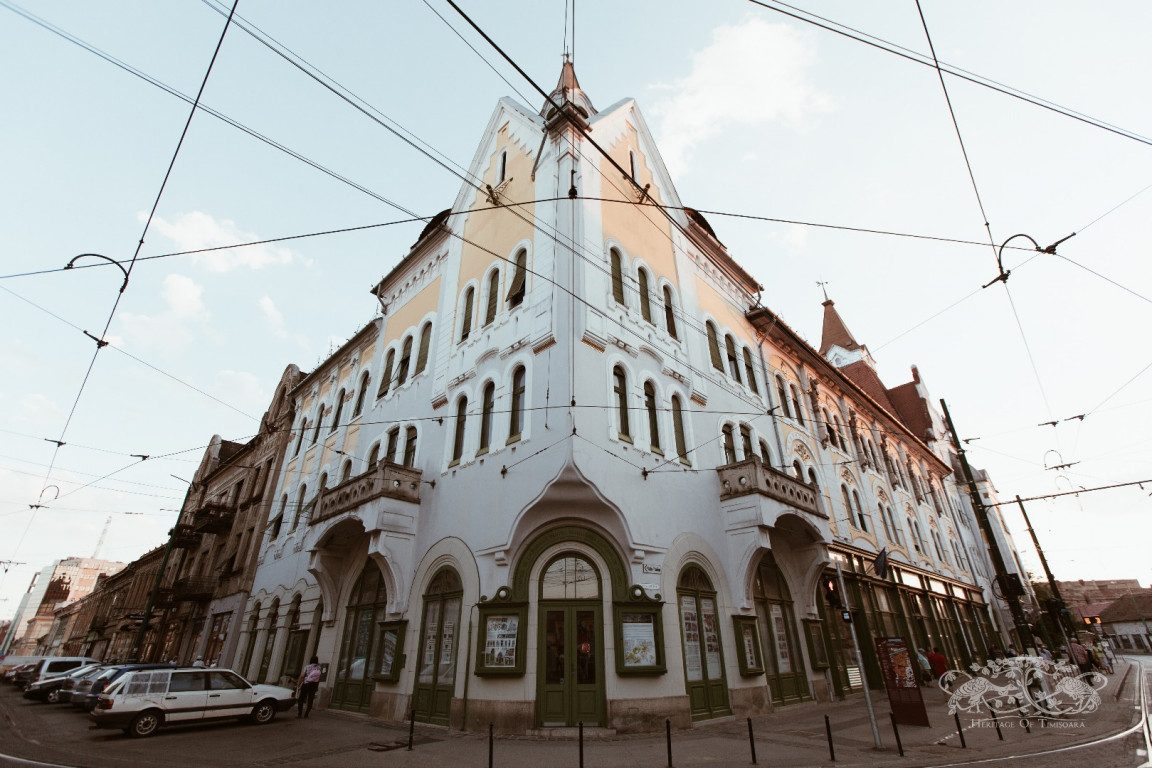

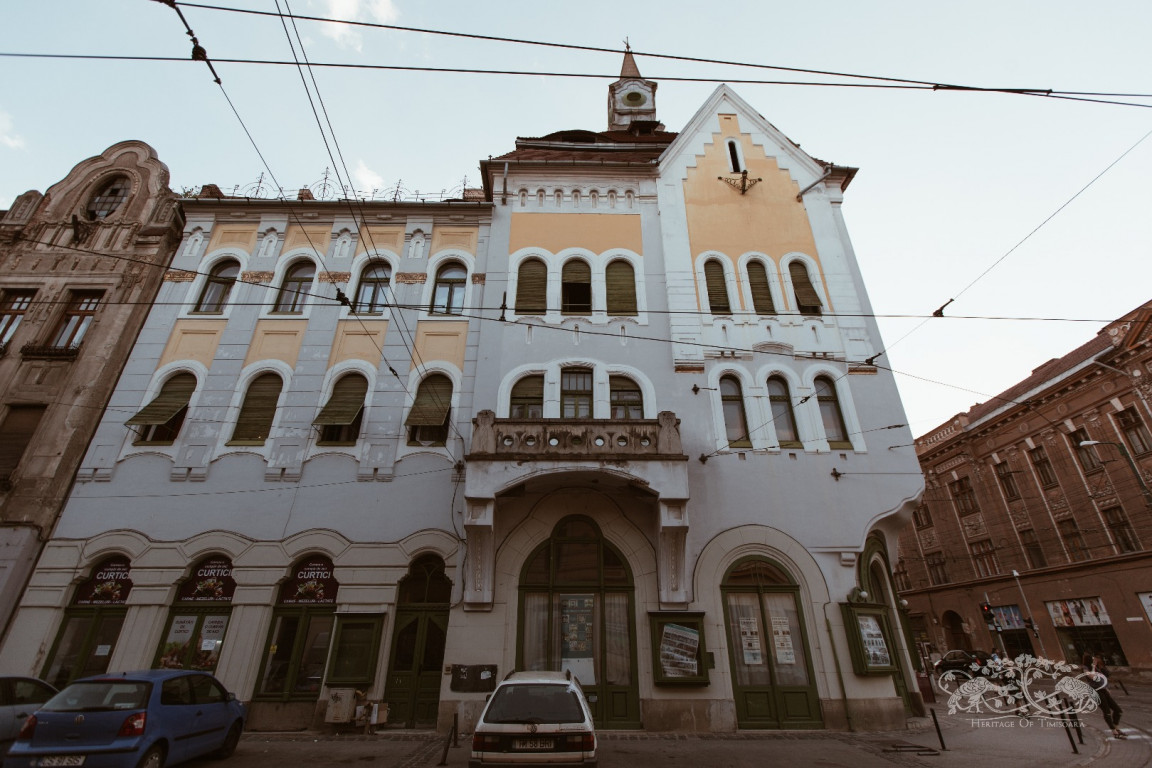









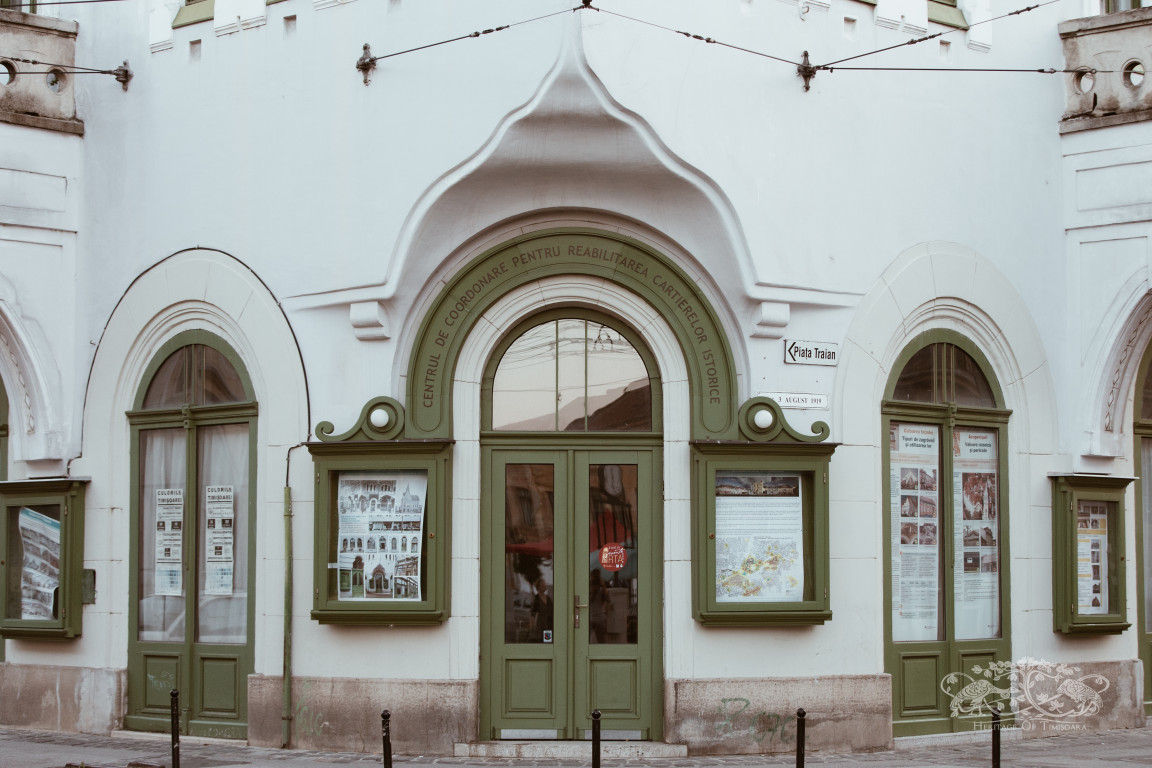

Add your contribution to this building!
Written by Karola Molnar, 5 years ago
Buna,
In legatura cu aceasta cladire am auzit de la o doamna ghid de turism o legenda care mie mi s-a parut interesanta si chiar amuzanta in legatura cu statuetele de pe fatada de pe Bulevardul 3 August 1919. Nu stiu sa spun o sursa exacta de unde stia doamna despre aceasta legenda, dar as zice ca merita impartasita.
In 1908 cand s-a construit cladirea ca si Fondul Orasenesc pentru Azil, dupa cum ii spune si numele, banii din care a fost construita au apartinut unor oameni instariti ai Timisoarei de la momentul respectiv. Traditia fiind pe vremurile acelea ca daca cineva investeste in constructia unei cladiri, sa se faca o statueta care sa il reprezinte(si sa fie amplasata pe fatada cladirii), toti cei care au participat cu fonduri pentru constructia acestei cladiri, au vrut sa aibe fiecare cate o statueta ce sa ii impersoneze. Dupa ce au facut cererea catre constructori, cel mai probabil cu mult scandal, acestia au trecut la executie. La final, cand au fost descoperite statuetele, spre stupoarea investitorilor, erau doar maimute si ursi, constructorii considerand ca reprezinta mai bine atitudinea investitorilor decat statui cu fetele lor. Nu sunt sigura despre consecintele acestor actiuni, dar important este ca inca avem statuetele in conditie destul de buna.
Apreciez foarte mult munca voastra in legatura cu acest site si ma bucur ca cineva se ocupa de informarea in legatura cu patrimoniul orasului TImisoara.
Va multumesc,
Karola